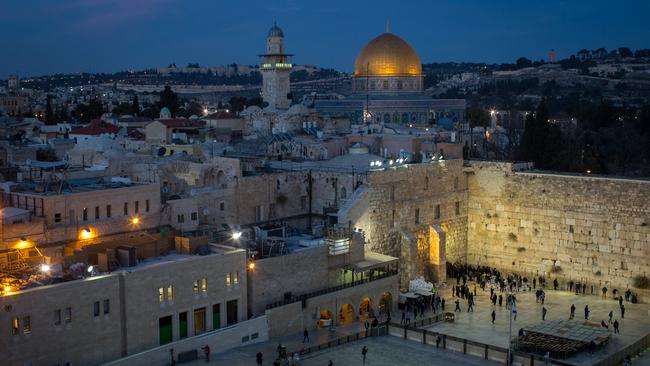Six-Day War: A crazy quilt of territories, with pockets of isolation
The Six-Day War increased Israel’s territory threefold.

The Six-Day War increased Israel’s territory threefold. The “borders of Auschwitz” were gone; the vulnerable 14.5km narrow waist acquired a thick cuirass with the mountains of the West Bank. Israel soon annexed East Jerusalem with some surrounding land; it did the same with the Golan Heights in 1981. Elsewhere, it left the status of the occupied territories undefined, waiting for a peace that never came even as Jews settled there.
After the Yom Kippur War of 1973, when Israel was caught off-guard by Egypt and Syria, the US mediated a limited “disengagement” in Sinai and the Golan. In 1979 Israel agreed to give back all of Sinai under a peace treaty with Egypt.
The Oslo accord of 1993 set out a five-year period of Palestinian autonomy in the West Bank and the Gaza Strip. It left the hardest issues — borders, settlements, Jerusalem and Palestinian refugees — to be sorted out later. The interim arrangements created a crazy quilt of territories: in Area A, the main Palestinian cities, the Palestinian Authority was given full civil and security control; in Area B, mostly taking in Palestinian villages, it had civil affairs and some law-and-order powers, but Israel retained ultimate security control; in Area C, the biggest zone, encompassing settlements, access roads, nature reserves and so on, Israel kept full control (see map).
With the second intifada, Israel in effect turned Area A into Area B. It frequently conducts raids to arrest suspected militants. It withdrew its troops and settlers from the Gaza Strip in 2005, maintaining a fence and buffer zone on the border and controlling the skies and the seas.
Israel’s separation barrier in the West Bank, a series of walls and fences, often runs close to the pre-1967 border. But it cuts deep salients into the West Bank to take in blocks of settlements and a swathe of territory around Jerusalem.
This encircles the majority of settlers, who live mostly in towns close to Israel’s main cities. But it has severed Arab areas of East Jerusalem from their natural hinterland in the West Bank, and has greatly hampered movement between the northern and southern parts of the West Bank.
It also has created several isolated Palestinian pockets: parts of the West Bank are enclosed within the barriers, and some Palestinian neighbourhoods of Jerusalem are cut off.
Nearly two million Palestinians live in the Gaza Strip and almost three million in the patchwork of autonomous zones in the West Bank, where they are mixed with about 385,000 Jewish settlers. East Jerusalem has about 320,000 Palestinians and about 210,000 Jews. Within the old pre-1967 border, the “Green Line”, there are more than six million Jews and 1.5 million Palestinians with Israeli citizenship.
Between the Jordan river and the Mediterranean, the overall number of Palestinians has more or less caught up with the number of Jews: about 6.5 million for each. Palestinian statisticians say Arabs will equal Jews by the end of the year; Israeli demographers reckon the high birth rate among the ultra-Orthodox will keep Jews just ahead.



To join the conversation, please log in. Don't have an account? Register
Join the conversation, you are commenting as Logout